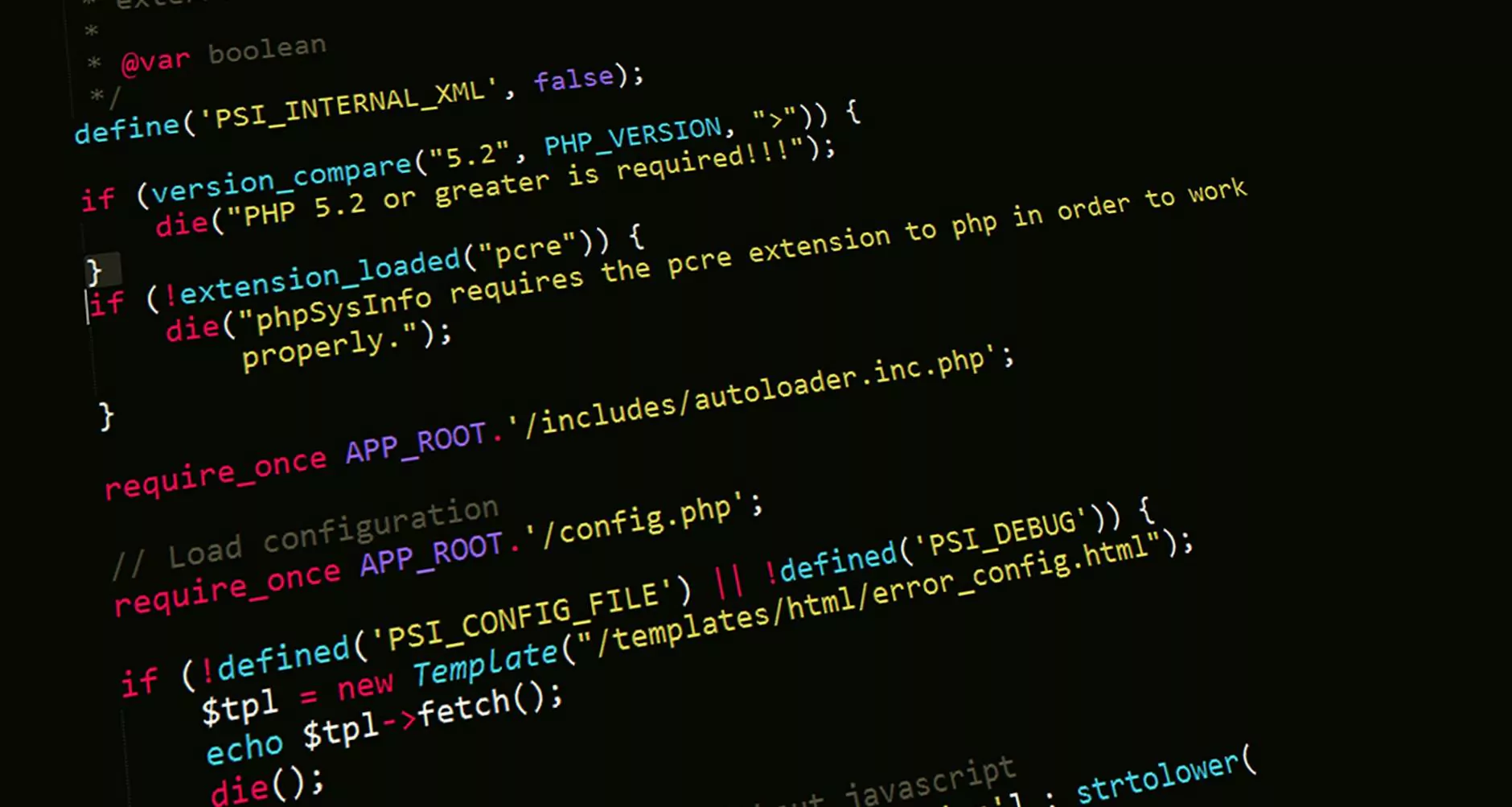Risk Management in Software Engineering

Risk management in software engineering plays a crucial role in ensuring the success of software projects. It involves a systematic approach to identifying, assessing, and mitigating risks that could impact the project's objectives. By proactively managing risks throughout the software development life cycle, organizations can minimize potential disruptions and deliver high-quality products.
What is Risk Management in Software Engineering?
Risk management in software engineering is the process of identifying, analyzing, and responding to risks that could affect the successful completion of a software project. It involves assessing the likelihood and impact of potential risks and developing strategies to mitigate or avoid them. Effective risk management helps organizations anticipate challenges and address them proactively, enhancing project outcomes.
Risk Monitoring and Analysis
Risk monitoring in software engineering involves continuously tracking and evaluating risks throughout the project lifecycle. By regularly reviewing project activities and identifying emerging risks, teams can take timely action to prevent or mitigate potential issues. Risk analysis, on the other hand, focuses on evaluating the severity and likelihood of risks to prioritize mitigation efforts effectively.
Risk Management Activities
The risk management activities in software engineering include:
- Identifying potential risks
- Assessing the impact and likelihood of risks
- Developing risk mitigation strategies
- Implementing risk response plans
- Monitoring and reviewing risks regularly
Risk Identification and Mitigation
Understanding what is risk in software engineering is essential for effective risk management. Risks in software projects can stem from various sources, such as technical complexities, resource constraints, and changing requirements. By defining risk management activities in software engineering, organizations can proactively address potential threats and ensure project success.
Risk Analysis and Management
Explain risk management in software engineering involves analyzing risks to determine their potential impact on project objectives. By conducting risk analysis and management in software engineering, organizations can develop risk mitigation plans tailored to specific project challenges. This strategic approach helps teams anticipate and manage uncertainties effectively.
Software Risk Management Strategies
Effective software risk in software engineering requires a comprehensive approach to managing uncertainties. Organizations can implement the following software engineering risk management strategies:
- Establishing risk management processes and procedures
- Engaging stakeholders in risk identification and assessment
- Regularly updating risk registers and mitigation plans
- Monitoring project progress and adjusting strategies as needed
Risk Refinement and Mitigation
In software engineering risk management, the process of risk refinement in software engineering involves continually reassessing and refining risk profiles based on evolving project dynamics. By prioritizing risk mitigation efforts and investing resources strategically, organizations can enhance project resilience and adaptability.
Conclusion
Effective risk management in software engineering is essential for mitigating uncertainties and ensuring project success. By proactively identifying, analyzing, and responding to risks, organizations can navigate challenges and deliver high-quality software solutions. Embracing a proactive approach to risk management software engineering can help teams achieve their project objectives and drive innovation in the digital landscape.









